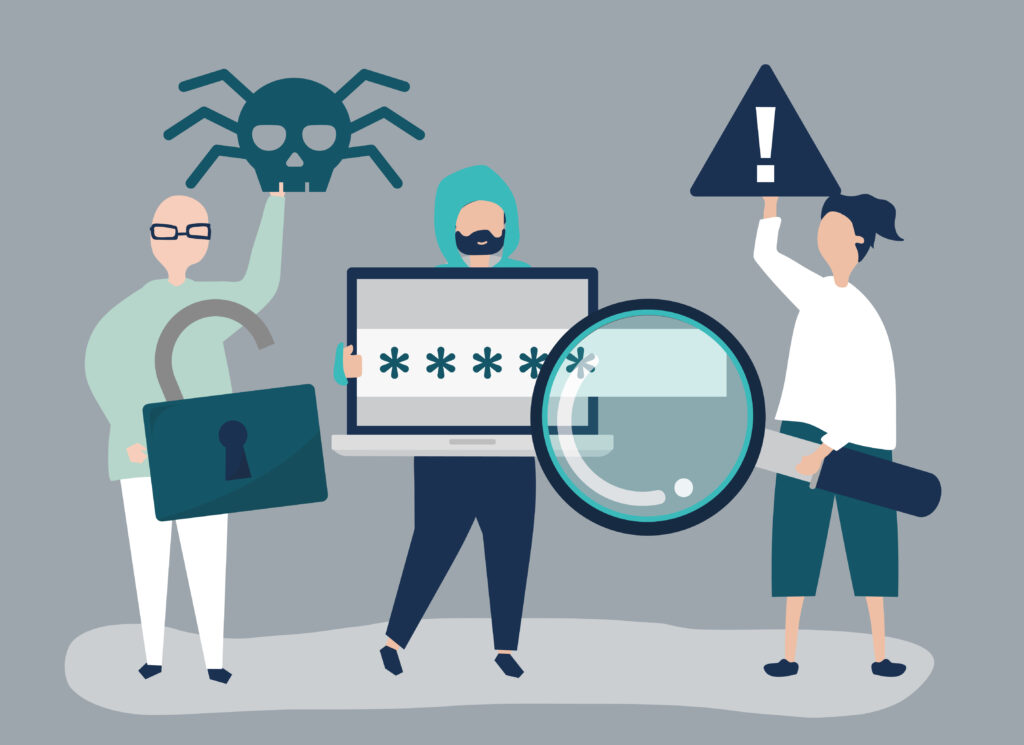In the intricate world of cybersecurity, where threats lurk in the digital shadows, a particularly insidious adversary known as a logic bomb virus emerges. Unlike traditional viruses that attack immediately, a logic bomb virus lies dormant until triggered by a specific condition or event. In this article, we will explore the depths of a logic bomb virus, understand its mechanics, and uncover strategies to prevent its detonation.

Understanding the Logic Bomb Virus:
A logic bomb virus is a type of malware that remains inactive within a system until a predefined condition is met. Once triggered, it unleashes its payload, which can range from data corruption to system disruption. This type of cyber threat is often used for malicious purposes, such as extortion or revenge. Unlike other malware that spreads to multiple systems, a logic bomb virus focuses on a single target, making it a precision tool for cybercriminals.
Mechanics of a Logic Bomb:
A logic bomb virus operates through a series of distinct steps, each contributing to its stealthy and strategic nature:
-
Concealment: The logic bomb is embedded within a legitimate program or software, effectively hiding its presence. This can be in the form of a piece of code or script.
-
Activation Condition: The logic bomb is designed to activate when specific conditions are met. These conditions could be based on time, date, user actions, or external triggers.
-
Payload Delivery: Once the activation condition is satisfied, the logic bomb executes its payload. This could involve deleting files, corrupting data, or even spreading to other systems.
-
Undetectable Activation: Since the logic bomb lies dormant until triggered, it can evade detection by traditional antivirus software until it’s too late.
Preventing Logic Bomb Virus Attacks:
Preventing a logic bomb virus attack requires a combination of vigilance, best practices, and security measures:
-
Implement Strong Access Controls: Limit access to critical systems and data. Only authorized personnel should have permissions to alter software code or configuration.
-
Regular Code Review: Regularly review the code of your software applications to identify any suspicious or unauthorized changes.
-
Trustworthy Sources: Only download software and applications from trusted sources. Avoid third-party websites or unverified platforms that may harbor hidden logic bombs.
-
User Training: Educate employees or users about the risks of opening attachments or clicking on links from unknown sources. Awareness can prevent the inadvertent triggering of logic bombs.
-
Monitor System Behavior: Utilize intrusion detection systems (IDS) and security information and event management (SIEM) tools to monitor unusual or suspicious behavior within your network.
-
Isolate Critical Systems: Isolate critical systems from the rest of the network to minimize the potential spread of a logic bomb.
-
Implement Code Integrity Checks: Employ code integrity checks and digital signatures to ensure that the software code hasn’t been tampered with.
-
Regular Backups: Regularly back up your data and critical systems. In case a logic bomb attack occurs, having backups can help you recover without paying ransoms.
-
Employee Offboarding: When employees leave your organization, ensure that their access to critical systems and code is promptly revoked to prevent potential sabotage.
Case Study: The Morris Worm
One of the most infamous examples of a logic bomb virus is the Morris Worm, unleashed in 1988 by Robert Tappan Morris. The worm was intended to gauge the size of the early internet but ended up infecting thousands of computers, causing widespread disruption. It exploited vulnerabilities in Unix systems and replicated itself, slowing down machines and even causing some to crash. This incident highlighted the potential havoc that logic bomb viruses can wreak.
Conclusion: Unveiling the Hidden Threats
A logic bomb virus represents a calculated and cunning cyber threat that can lie dormant within your systems, awaiting the perfect moment to wreak havoc. Understanding its mechanics and implementing preventive measures are crucial steps in defending against this type of malware. By practicing stringent access controls, educating users, and monitoring system behavior, you can strengthen your defenses and mitigate the risks associated with logic bomb viruses. In the digital age, where the unseen can pose the greatest danger, preparedness is your best armor against hidden threats.